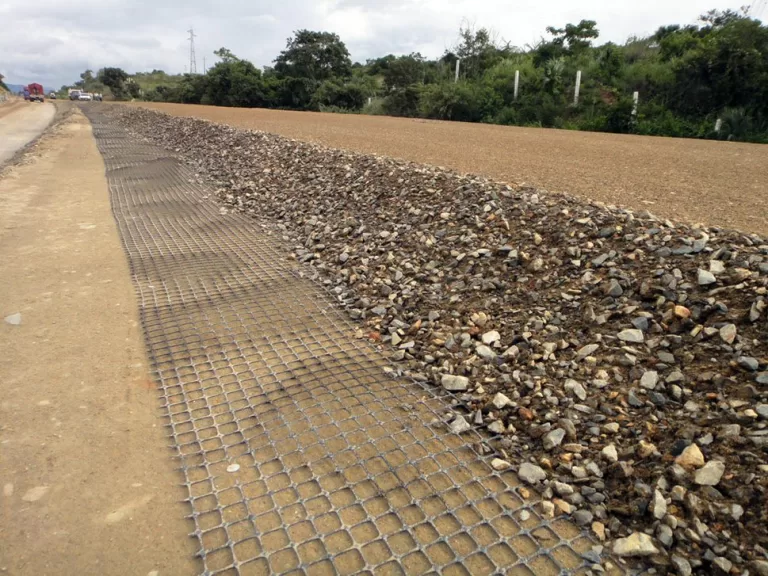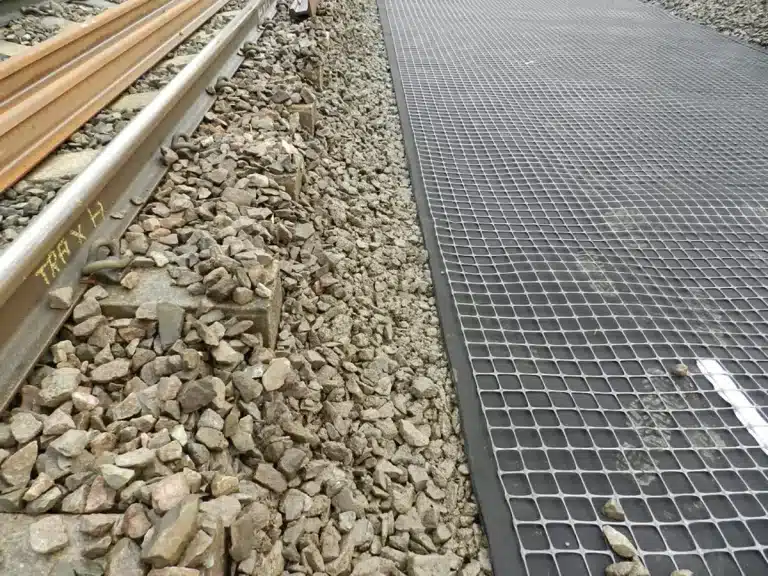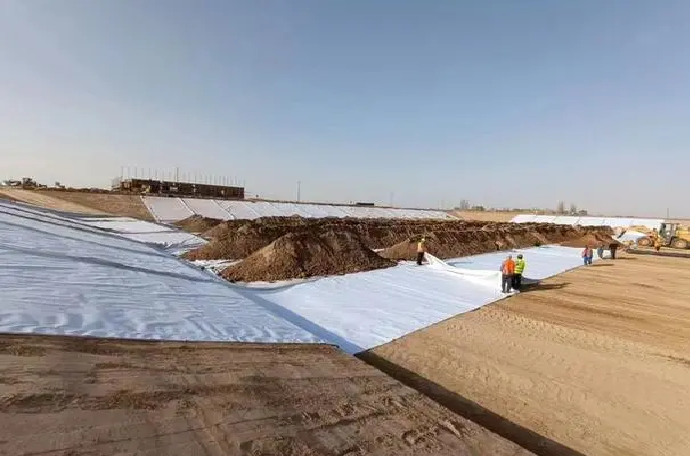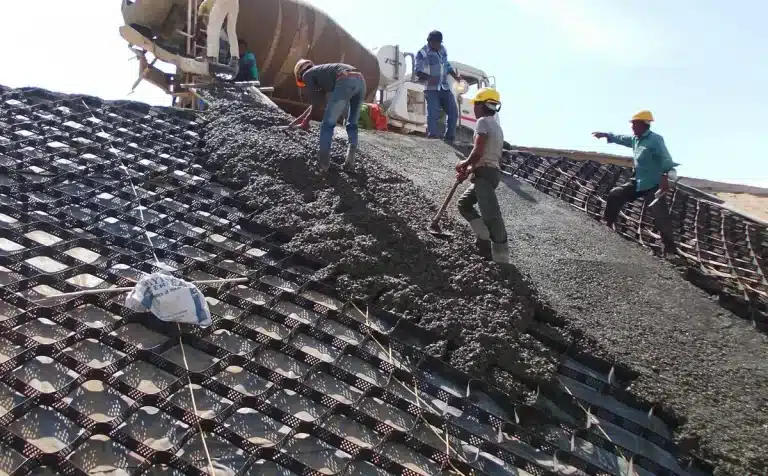Geogrid Solutions for Erosion Control on Slopes and Hillsides
The amount of geogrid required for a retaining wall depends on several factors, including wall height, soil type, and load conditions.
Tel: +86-411-39569550 | E-mail: info@geofantex.com/geofantex@gmail.com

The amount of geogrid required for a retaining wall depends on several factors, including wall height, soil type, and load conditions.

Significant advances in geogrid fabrics for roads provide solutions to common challenges in road construction and maintenance.

Geogrids, a type of geosynthetic material, have been instrumental in reducing the amount of aggregate needed for road and rail projects, which is environmentally costly to extract, transport, and install. Developed in the late 1970s, geogrids have significantly minimized the need for aggregate and mitigated environmental impacts.

In the ever-evolving world of construction and landscaping, road fabric, commonly known as geotextile fabric

Geotextile, commonly referred to as barrier fabric, is a permeable synthetic material widely used in civil engineering, agriculture, and environmental applications. This article delves into the essence of geotextile fabrics, exploring their uses, benefits, and distinguishing features. By understanding the different types of geotextiles and their properties, we can appreciate their role in sustainable development and environmental protection.

Before delving into the various advantages of triaxial geogrids, it’s essential to understand some of their physical characteristics. The unique pattern of the triaxial grid is central to its many benefits.

Explore geotextile fabric weights, types, and performance for roads, drainage, erosion control, and civil engineering projects.

Hillside erosion is a pervasive issue that threatens soil stability and landscape integrity, particularly in areas prone to heavy rains or lacking vegetation. Ground covers, specifically innovative geocell technology, provide a robust solution to mitigate this issue. Designed for both residential or commercial applications, a variety of different pocket sizes and heights are available to suit the specific application. This article explores the efficacy of geocells as a ground cover option for hillside erosion control, addressing their application, suitability for various slopes, and optimal materials for enhanced performance.

Geocells and geogrids are both essential materials for soil stabilization and are commonly used in applications such as civil engineering.

Soil erosion is a pervasive issue that can cause significant damage to landscapes, infrastructure, and ecosystems. Fortunately, innovative solutions like geotextiles have emerged as effective means to control and prevent erosion. Commonly used in construction and environmental projects, geotextiles are permeable fabrics which, when used in association with soil, have the ability to separate, filter, reinforce, protect, or drain. This article explores how geotextiles work, their durability, and their applications in erosion control, particularly in local settings.
End of content
End of content
WhatsApp us